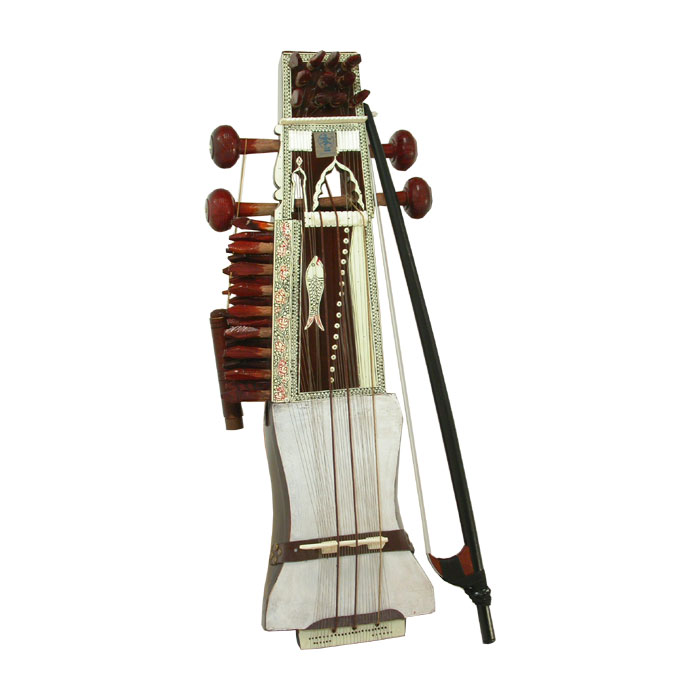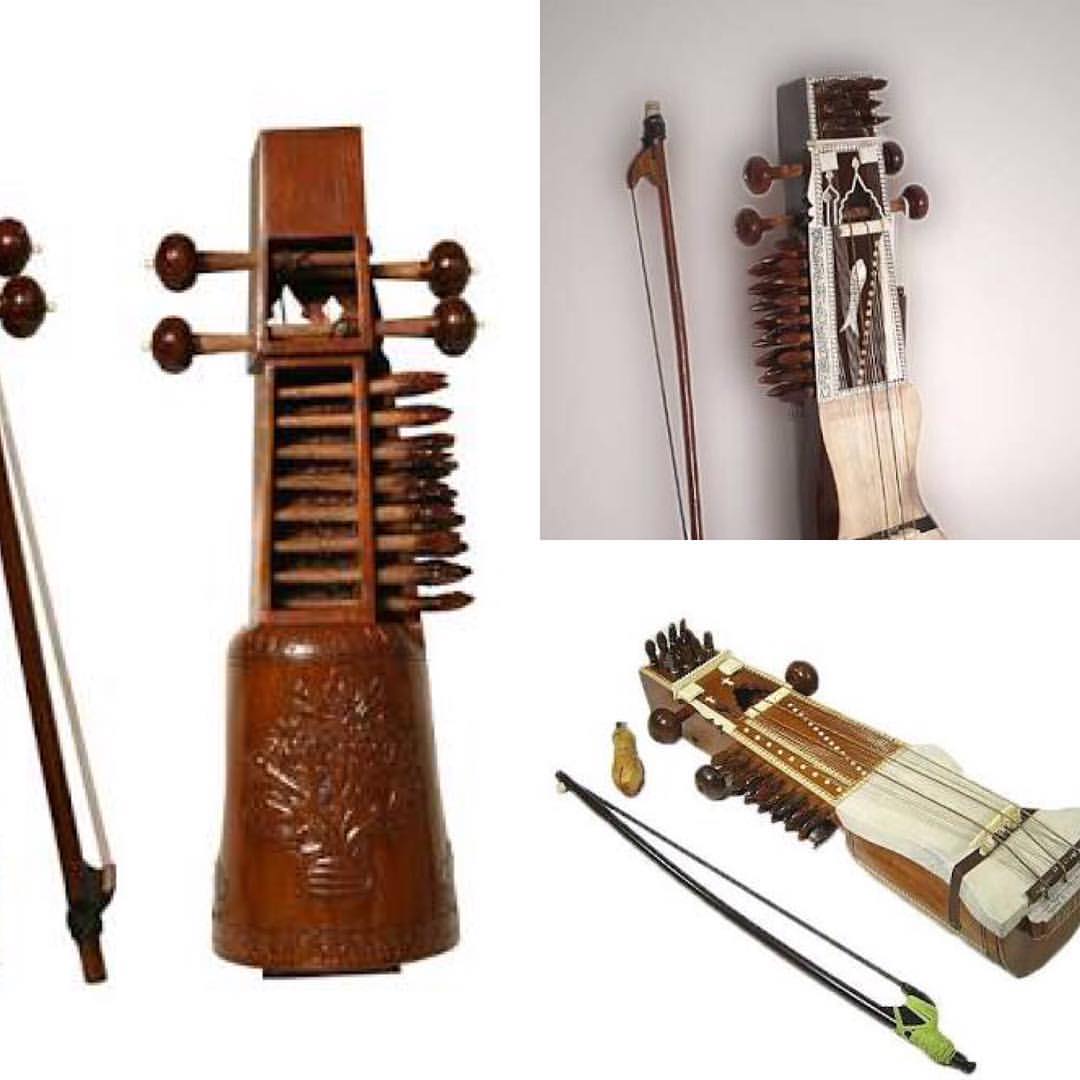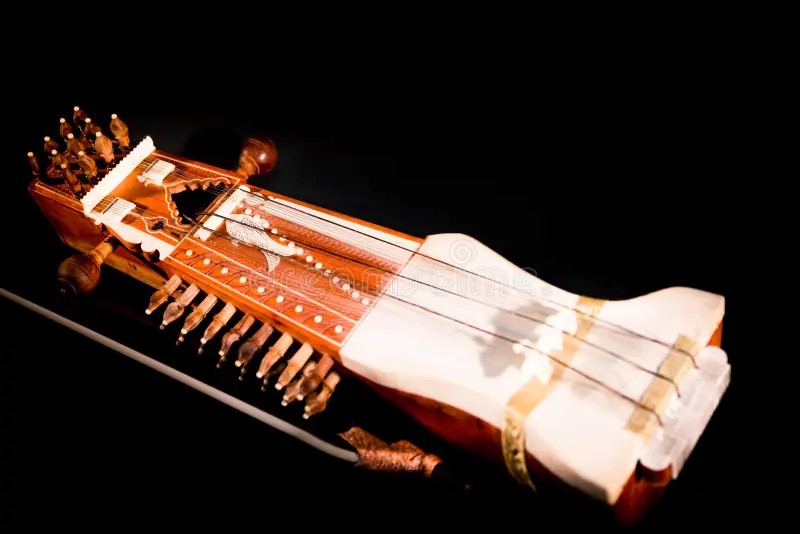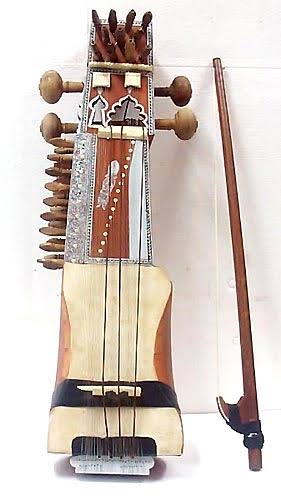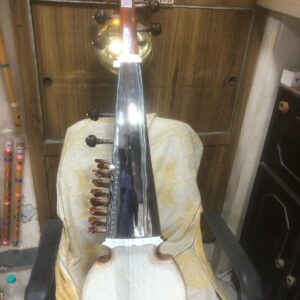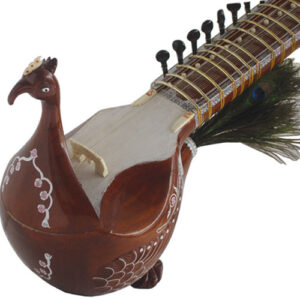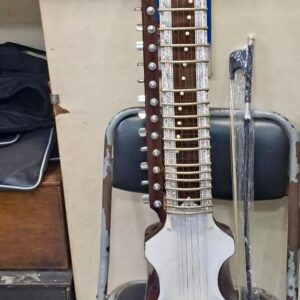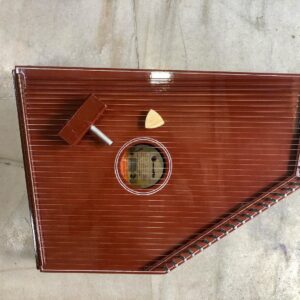Description
Sarangi
Special Features:
Good sound quality, classically tuned.
Delivery Time: 10-12 Working Days after Successful Payment.
For More information SMS 2000 Name Email Country and Send to +919830066661
N.B: All prices are inclusive of Shipping (International Air Mode)/ Packing/ Tax/ Insurance. No hidden cost. Read our Terms & Conditions, Privacy Policy and Shipping Policy.
In The Box: Sarangi, Bow, Raisin, Bag
History (Wikipedia):
From where we get Sarangi- Small history below:
Our knowledge about the instrument is from Wikipedia. As per Wikipedia, we shared this small history to let our customers know about the history.Musicians play the sārangī, a bowed, short-necked three-stringed instrument, in traditional music from South Asia – specifically, Punjabi folk music, Rajasthani folk music, Sindhi folk music, Haryanvi folk music, Braj folk music, and Boro folk music (there known as the serja) – in Pakistan, South India, and Bangladesh. In fact, they say it most resembles the sound of the human voice through its ability to imitate vocal ornaments such as Gamaks or Gamakam (shakes) and meends (sliding movements). Furthermore, the Nepali sarangi resembles it; however, it is a folk instrument, unornate and four-stringed.
Sarangi players traditionally relate their repertoire very closely to vocal music. However, a solo sarangi concert as the main item will sometimes include a full-scale raag presentation with an extensive alap (the unmeasured improvisatory development of the raga) in increasing intensity (alap to jor to jhala) and several compositions in increasing tempo called bandish. Consequently, many musicians see it as being on a par with other instrumental styles such as sitar, sarod, and bansuri.
The Gaine or Gandarbha ethnic group, moreover, commonly plays the Nepali sarangi, a traditional stringed musical instrument of Nepal; additionally, the instrument’s form and repertoire in Nepal are more folk-oriented than in India. Furthermore, the Gandarbha people particularly associate it with their culture, this provides a basic history of Sarangi.
